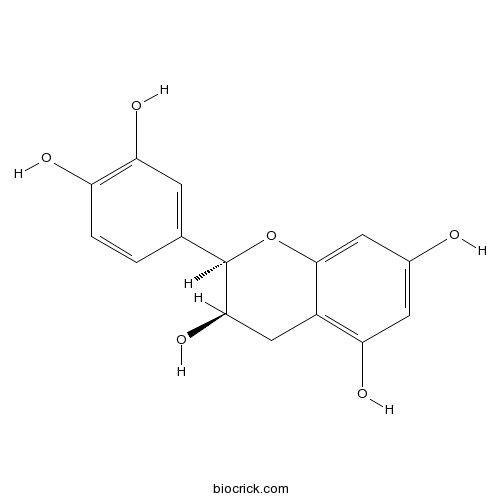Litchi chinensis
Litchi chinensis
1. The products in our compound library are selected from thousands of unique natural products; 2. It has the characteristics of diverse structure, diverse sources and wide coverage of activities; 3. Provide information on the activity of products from major journals, patents and research reports around the world, providing theoretical direction and research basis for further research and screening; 4. Free combination according to the type, source, target and disease of natural product; 5. The compound powder is placed in a covered tube and then discharged into a 10 x 10 cryostat; 6. Transport in ice pack or dry ice pack. Please store it at -20 °C as soon as possible after receiving the product, and use it as soon as possible after opening.
Natural products/compounds from Litchi chinensis
- Cat.No. Product Name CAS Number COA
-
BCN6315
Procyanidin B229106-49-8
Instructions

-
BCN6805
Procyanidin A241743-41-3
Instructions

-
BCN5597
Epicatechin490-46-0
Instructions

-
BCN3820
Stearic Acid57-11-4
Instructions

Cyclopropane fatty acid biosynthesis in plants: phylogenetic and biochemical analysis of Litchi Kennedy pathway and acyl editing cycle genes.[Pubmed: 30083958]
This report describes the most extensive known gene discovery study from an oilseed that produces cyclopropane fatty acids, a novel industrial feedstock. Nature contains hundreds of examples of plant species that accumulate unusual fatty acids in seed triacylglycerols (TAG). Although lipid metabolic genes have been cloned from several exotic plant species, the underlying mechanisms that control the production of novel TAG species are still poorly understood. One such class of unusual fatty acids contain in-chain cyclopropane or cyclopropene functionalities that confer chemical and physical properties useful in the synthesis of lubricants, cosmetics, dyes, coatings, and other types of valuable industrial feedstocks. These cyclopropyl fatty acids, or CPFAs, are only produced by a small number of plants, primarily in the order Malvidae. Litchi chinensis is one member of this group; its seed oil contains at least 40 mol% CPFAs. Several genes, representing early, middle, and late steps in the Litchi fatty acid and TAG biosynthetic pathways have been cloned and characterized here. The tissue-specific and developmental transcript expression profiles and biochemical characteristics observed indicate which enzymes might play a larger role in Litchi seed TAG biosynthesis and accumulation. These data, therefore, provide insights into which genes likely represent the best targets for either silencing or overexpression, in future metabolic engineering strategies aimed at altering CPFA content.


